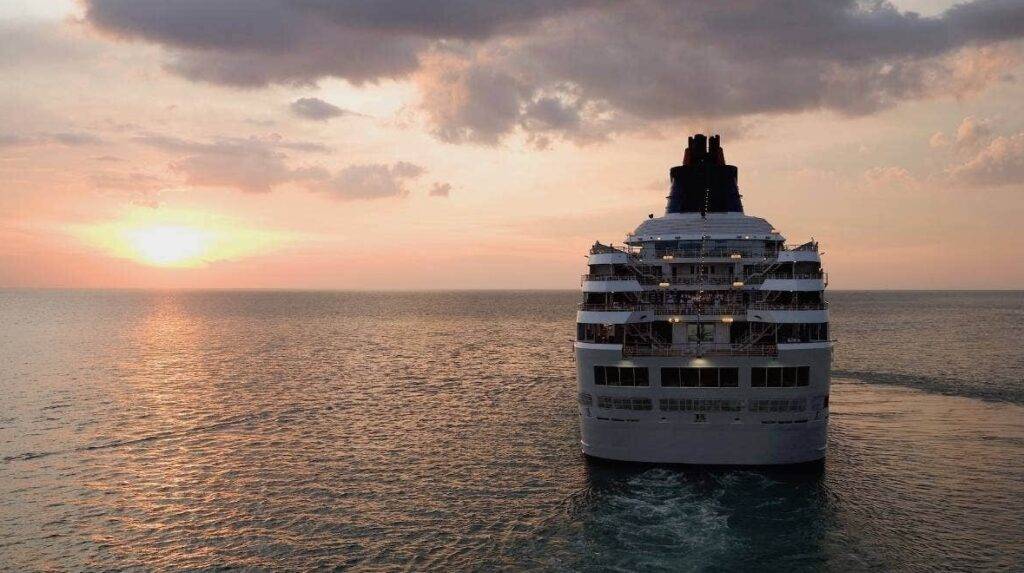Cruise ships will soon return to New Zealand ports, bringing in hundreds of millions of dollars, but also raising concerns about the expansion of Covid-19 and labour shortages.
The pandemic caused a hiatus in the sector more than two years ago but has now returned, starting with the arrival of the Pacific Explorer in Auckland on August 12, Cruise Ships Association of New Zealand chief executive Kevin O’ Sullivan told tourism industry representatives at a meeting held in Dunedin on Tuesday.
He said cruise ships are finally returning to most destinations in the world, which is good news for a sector hit hard by Covid.
It is expected that 95% of cruise ships will be sailing again in July.
Cruise tourism contributed $565 million to New Zealand in 2019, up 28% on the previous year.
After a two-year hiatus, 907 arrivals of 42 vessels have been scheduled for the 2022-2023 season at New Zealand ports.
O’Sullivan noted that the figure could have been higher, but 200 port calls were cancelled due to uncertainty.
Visits will not be limited to the major centres, with ships calling at regional ports such as Bluff, Nelson, Gisborne and New Plymouth.
O’ Sullivan recently returned from the World Cruise Conference as the sole representative from New Zealand and answered questions on whether the country was ready to reopen.
“It was a difficult question to answer,” he said.
His response changed when New Zealand finally opened its borders to all at 11:59 p.m. on Sunday.
He said many of the vessels arriving in New Zealand were new to the country and the sector was focused on reducing its carbon footprint.
More and more attention is being paid to new fuels and electric-powered boats, “but it will take time” to expand in the sector.
Cruise ships account for about 1% of global shipping and are often at the forefront of adopting new technologies, says O’Sullivan.
However, the biggest challenge for the sector at the moment will be staff capacity. Coach drivers will have to come from all over the country to ease shortages in ports such as Dunedin.
Staff shortages will be particularly prevalent during the ‘double boat days’ that are becoming increasingly common, when most boats arrive during the three-month summer period.
However, occupancy on some ships will not be as high as in previous years as the Ovation of the Seas, with a capacity of 4,900 passengers, is expected to be around 70% full.
According to O’ Sullivan, the sector will return to pre-pandemic levels,” but it will take time.”
Cruise ship passengers in New Zealand had to be vaccinated against Covid-19 or be exempt. Any passenger who tested positive for the virus would have had to isolate themselves in their cabin, as would anyone with whom they shared a cabin.
“This is probably a safer environment than a lot of our coastal areas,” O’Sullivan said.
Joel Katz, Australian executive director of the International Association of Cruise Lines, said in a pre-recorded video that some cruise ships are showing more growth than before Covid.
This was because guests wanted to travel with ‘like-minded people’, including those who had been vaccinated, and on ships with staff focused on hygiene and cleanliness.
The cruise industry is expected to exceed pre-pandemic levels by the end of 2023.
“We are back… We’re stronger,” Katz said.
Tourism Minister Stuart Nash said the return of cruise ships is another boost for local communities.
“Prior to the pandemic, their visits were costing more than $500 million a year, of which $356 million was spent on land, which is a valuable economic contribution to our regions.”
Now, he said,” the industry is going full steam ahead,” allowing us to finally plan confidently for the rest of the year and beyond.

